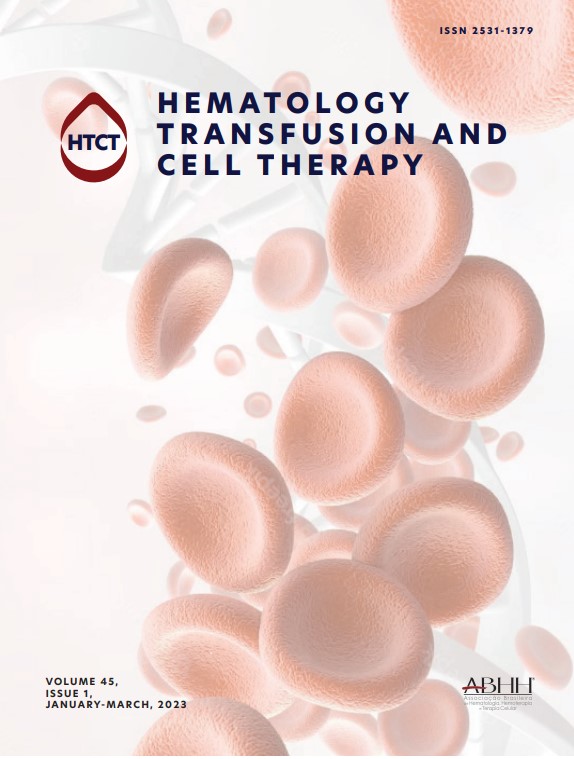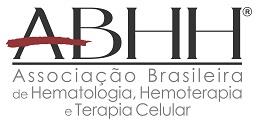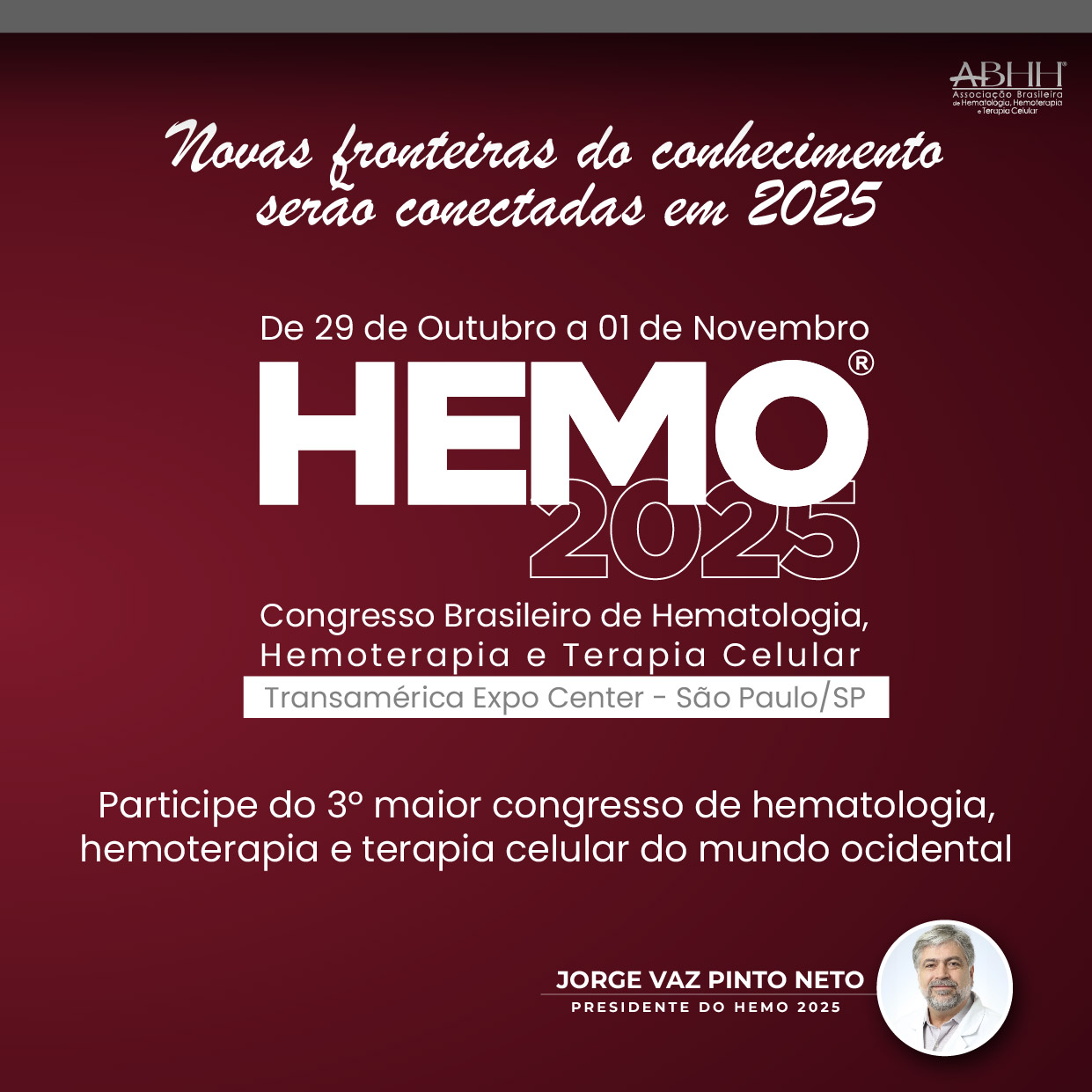Aim: The association of human immunodeficiency virus (HIV) infection with clinical and laboratory characteristics of patients with sickle cell disease (SCD) was assessed. Methods: This study included individuals with SCD infected with HIV treated at six Brazilian sickle cell centers. Retrospective clinical and laboratory data were abstracted from medical records. HIV+ participants were compared to age, gender, center, and SCD genotype matched HIV- participants (ratio of 1 HIV+ to 4 HIV-) randomly selected from the Recipient Epidemiology and Donor Evaluation Study-III Brazilian SCD cohort. Descriptive statistics were used to summarize HIV outcomes in the HIV+ SCD participants and cox proportional hazards models or Poisson regression models were used to compare outcomes between HIV+ cases and selected HIV- negative controls. Individual clinical outcomes as well as a composite outcome of any SCD complication and a composite outcome of any HIV-related complication were compared between the two groups. Results: Fifteen HIV+ participants were included, 12 (80%) alive and 3 (20%) deceased. Most of the HIV+ patients had HbSS (60%; n=9), 53% (n=8) were female, and mean age was 30±13 years. All HIV+ participants except one (14 of 15) received antiretroviral therapy (ART). At the time of the HIV diagnosis, 11 (73.3%) participants were asymptomatic and 1 of 15 had the diagnosis of acquired immunodeficiency syndrome (AIDS). The frequency of individual SCD complications of acute chest syndrome/pneumonia, sepsis/bacteremia, pyelonephritis, ischemic stroke, hemorrhagic stroke, abnormal TCD, and pulmonary hypertension was higher in HIV+ participants when compared to HIV-, although analyzed individually none were statistically significant. Cox proportional-hazards models demonstrated that HIV+ participants had significantly higher risk of occurrence of any complication and of a composite HIV-related complication compared to the HIV- group (HR=4.6; 95%CI 1.1–19.6; p=0.04 and HR=7.7; 95%CI 1.5–40.2; p=0.02, respectively). There was a non-significant trend towards higher risk of any infections in participants with HIV+ (HR=3.5; 95%CI 0.92–13.4; p=0.07). Laboratory parameters levels were not significantly different in individuals with and without HIV. Discussion: HIV and SCD separately are associated with increased risk of infections and other clinical conditions, and we did observe a significant synergistic effect in our analysis; participants with both SCD and HIV had higher risk of HIV-related complications and any complications, and a suggestive but not significantly higher risk of any infections compared to those without HIV. This confirms results of other studies that have suggested HIV increases the risk of clinical complications in SCD. Therefore, establishment of HIV infection as a modifier of the severity of SCD may lead to more targeted surveillance and the use of therapeutic interventions for prevention of morbidity and mortality as the interaction of the two diseases may result in therapeutic challenges. Conclusion: In summary, our study in SCD patients shows that those with HIV have an increased risk of any SCD complication, and a suggestive but not significantly increased risk of infections.
O fator de impacto mede o número médio de citações recebidas em um ano por trabalhos publicados na revista durante os dois anos anteriores.
© Clarivate Analytics, Journal Citation Reports 2025
O CiteScore mede as citações médias recebidas por documento publicado. Mais informação
Ver maisSJR é uma métrica de prestígio baseada na idéia de que todas as citações não são iguais. SJR utiliza um algoritmo similar ao page rank do Google; é uma medida quantitativa e qualitativa ao impacto de uma publicação.
Ver maisSNIP permite comparar o impacto de revistas de diferentes campos temáticos, corrigindo as diferenças na probabilidade de ser citado que existe entre revistas de distintas matérias.
Ver mais



